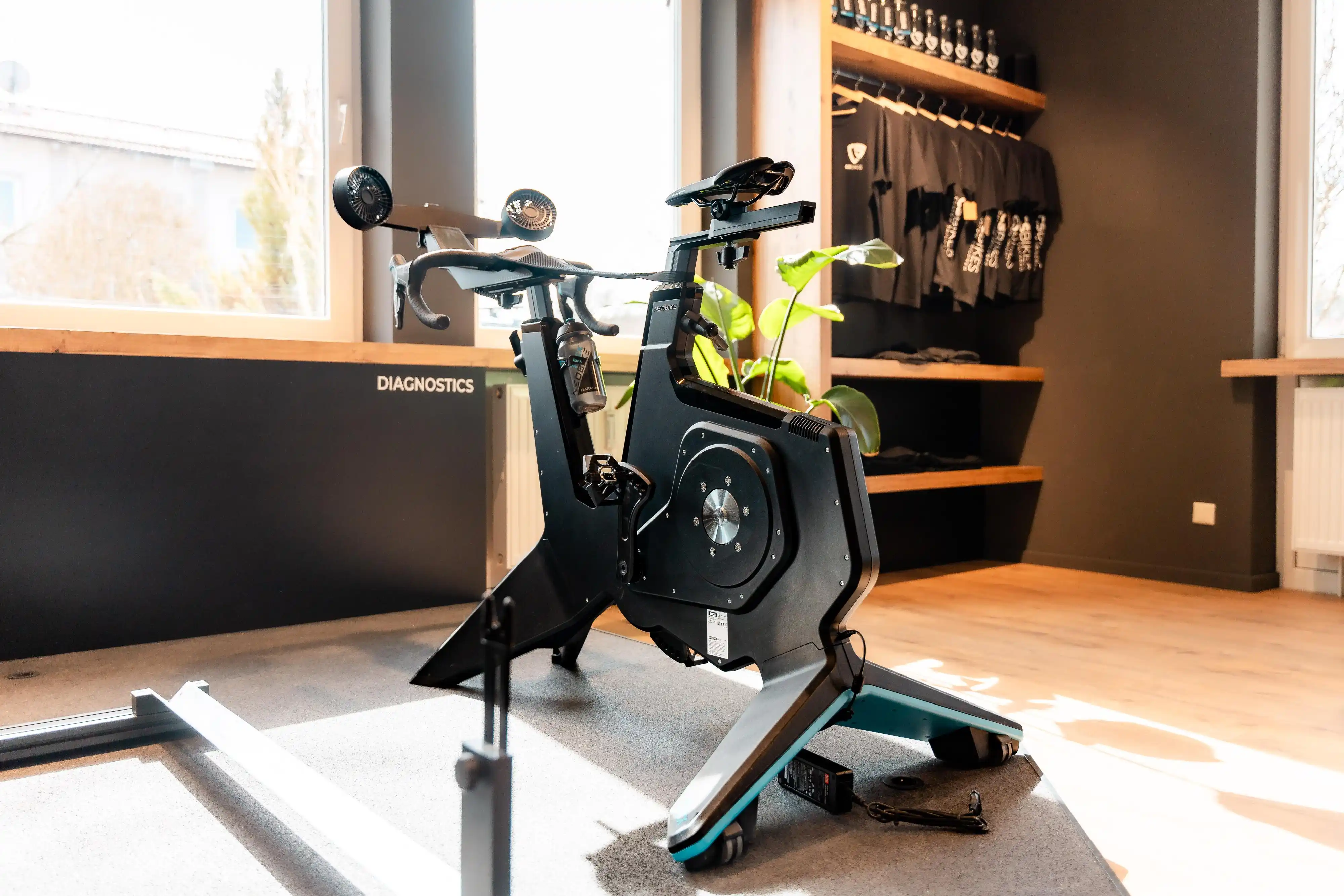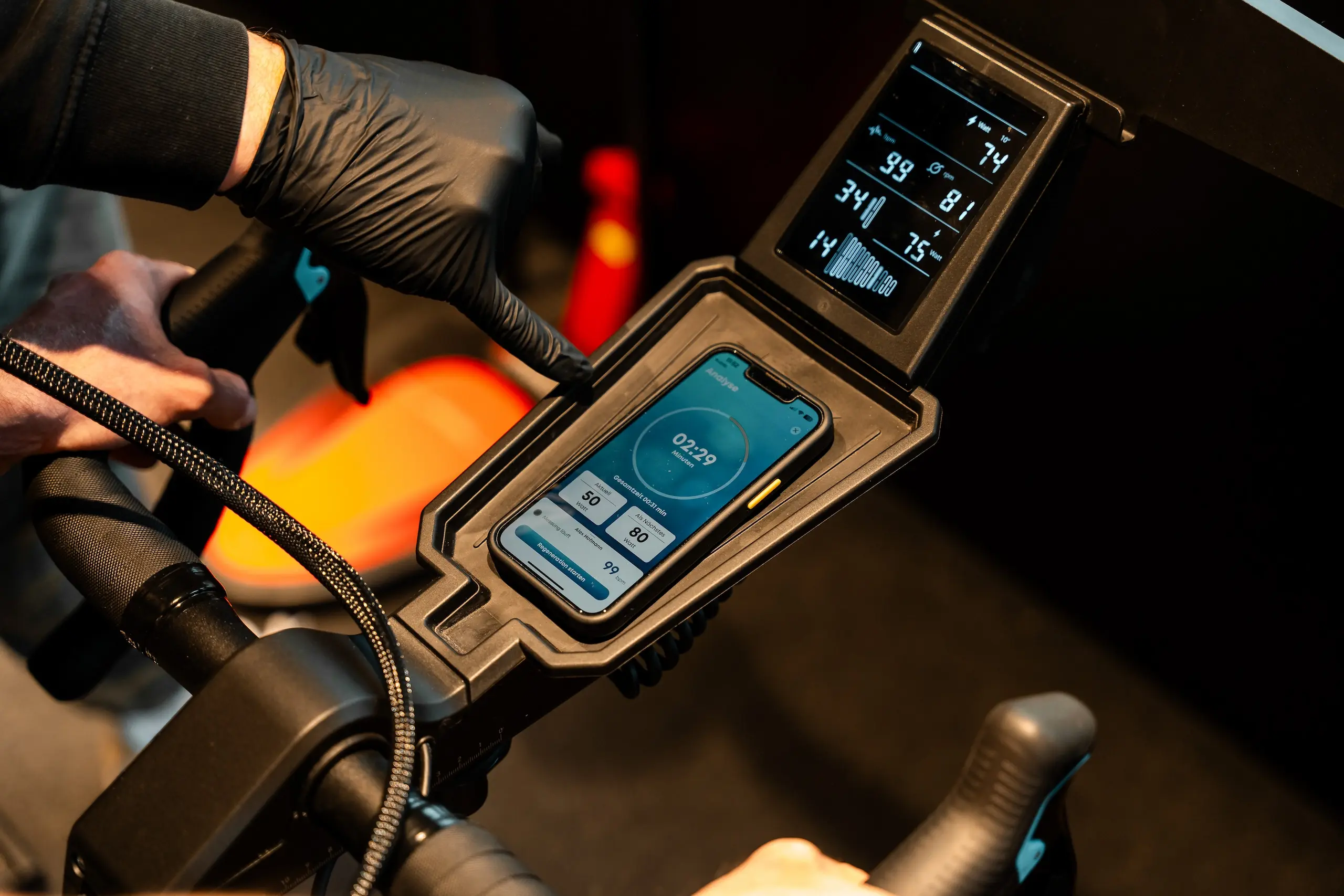CS Bikes Performance Diagnostics
Your Bike Experts in Moosach near MunichPerformance diagnostics for cyclists is a process used to evaluate the physical performance and specific abilities of a cyclist. The goal of performance diagnostics is to identify the athlete's strengths and weaknesses, document training progress, and tailor training to individual needs.
Performance diagnostics can include various tests
Lactate test
Spiroergometry
Bike fitting
Strength and flexibility analysis
PERFORMANCE DIAGNOSTICS AS A SCIENTIFIC BASIS

A training plan can be created!
After performance diagnostics and bike fitting at CS Bikes,A training plan is a structured program aimed at improving physical performance, achieving fitness goals, or developing specific skills. It is usually created for a specific sport or activity and takes into account the individual needs, goals, current fitness level, and time resources of the trainee.
Some general components and principles that may be included in a training plan:
Goal setting
Periodization
Progression
Variation
Specificity
Recovery
Warm-up and cool-down
Nutrition and hydration
Monitoring and adjustment
Consistency
PERFORMANCE DIAGNOSTICS & BIKE FITTING








